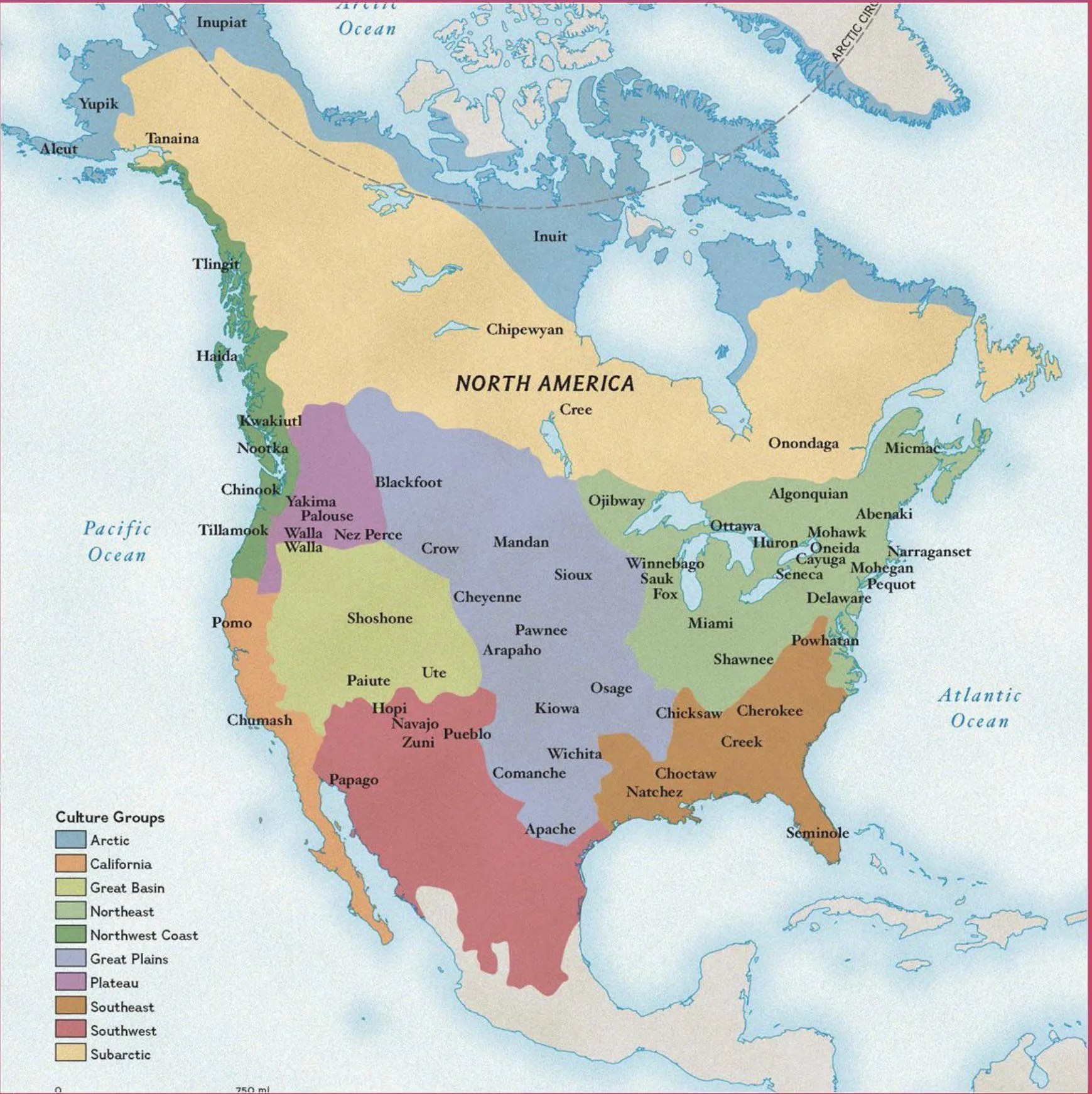Delve into the captivating history and cultural significance of Turtle Island with our Native American Turtle Island Map. This meticulously crafted map offers a unique perspective on the ancestral lands of Indigenous peoples, unveiling the deep-rooted connections between Native American communities and their territories.
Explore the diverse tapestry of traditions, stories, and sacred sites that span Turtle Island, and embark on a journey of understanding and appreciation for the rich heritage that thrives on this sacred land with Native American
Native American Turtle Island Map
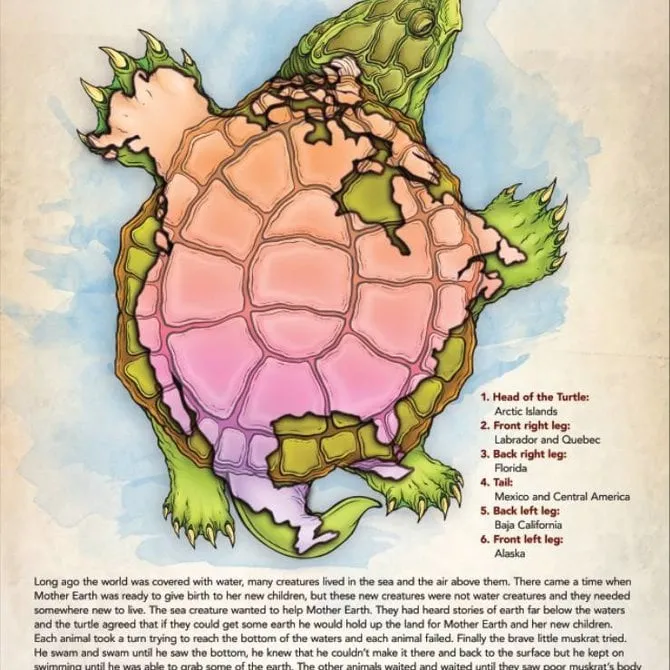
Turtle Island, a name deeply rooted in Indigenous traditions, represents not just the land we walk upon but a profound spiritual connection to Earth itself. This name is drawn from the ancient creation stories shared among Indigenous communities in the Northeastern Woodlands of North America.
In this journey through history and heritage, we delve into the significance of Turtle Island, shedding light on its cultural importance and contemporary relevance.
Where is Turtle Island Native American?
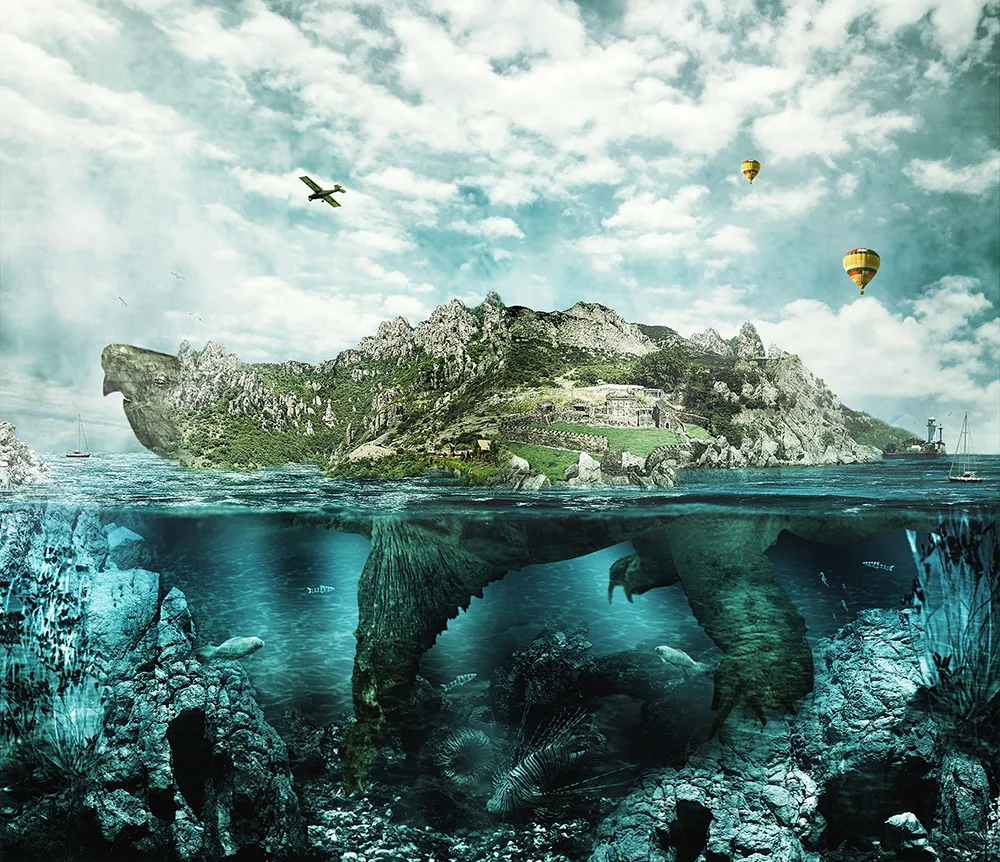
Turtle Island, a name held dear by Algonquian- and Iroquoian-speaking Indigenous peoples of North America, carries profound spiritual and cultural significance. In the rich tapestry of Indigenous origin stories, the turtle symbolizes the very foundation of life and the world’s support.
This article delves into the spiritual essence of Turtle Island, unveiling its role in creation narratives, cultural identity, autonomy, and the deep-rooted reverence for our environment. Join us on a journey to discover the spiritual heart of North America.
Turtle Island, a revered symbol in Indigenous cultures, is intricately woven into the fabric of their creation narratives. While these stories may vary among Indigenous communities, they all share a common thread—a profound reverence for the turtle as a symbol of life and the Earth.
In this article, we embark on a journey through diverse Indigenous perspectives, offering brief reinterpretations of the Turtle Island narrative. These stories, though not exhaustive, shed light on the universal themes and captivating plots that define the tale.
The Ojibwe Perspective: A World Reborn from Waters
In the Ojibwe oral tradition, the tale of Turtle Island commences with a world engulfed in a catastrophic flood. The Creator, seeking to cleanse the Earth of conflict, spared a select group of animals, including the loon, muskrat, and turtle. Alongside these creatures stood Nanabush, a supernatural being endowed with the power of creation.
Nanabush summoned the animals to venture deep beneath the water’s surface to retrieve soil for the world’s rebirth. One by one, animals attempted the task, but only the muskrat emerged with wet soil in its paws, sacrificing its life in the process. Nanabush took the soil and placed it upon the willing back of a turtle, thus giving rise to Turtle Island—the epicenter of creation.
The Haudenosaunee Perspective: The Descent of Sky Woman
In the narratives of the Haudenosaunee, the journey of Turtle Island unfolds from the Sky World—a celestial realm inhabited by supernatural beings. Here, a pregnant Sky Woman accidentally descended through a hole beneath the roots of a tree, plummeting towards Earth.
Miraculously, birds observed her descent and guided her safely to a turtle’s waiting back. Overflowing with gratitude for the animals’ assistance, Sky Woman’s appreciation triggered the growth of the Earth around her. In some renditions, the earth emerged from the depths of the water, blanketing the turtle’s back and forming a new land—Turtle Island—for Sky Woman and her descendants.
Exploring Earth-Diver Myths: Unveiling Common Themes
Scholars often categorize tales like Turtle Island as “earth-diver myths.” These narratives share a fundamental theme—they link the world’s origin to beings, often animals, that ventured into ancient waters to retrieve the soil essential for shaping or reshaping the world we inhabit.
These stories frequently feature supernatural entities, such as transformers and tricksters, as well as a Creator figure overseeing the process. These enchanting narratives offer profound insights into the spiritual and cultural tapestry of Indigenous peoples, serving as a testament to their deep connection with the Earth and its rich history. (For more on Indigenous spirituality, refer to Religion and Spirituality of Indigenous Peoples in Canada.)
What is the Native American story of Turtle Island?
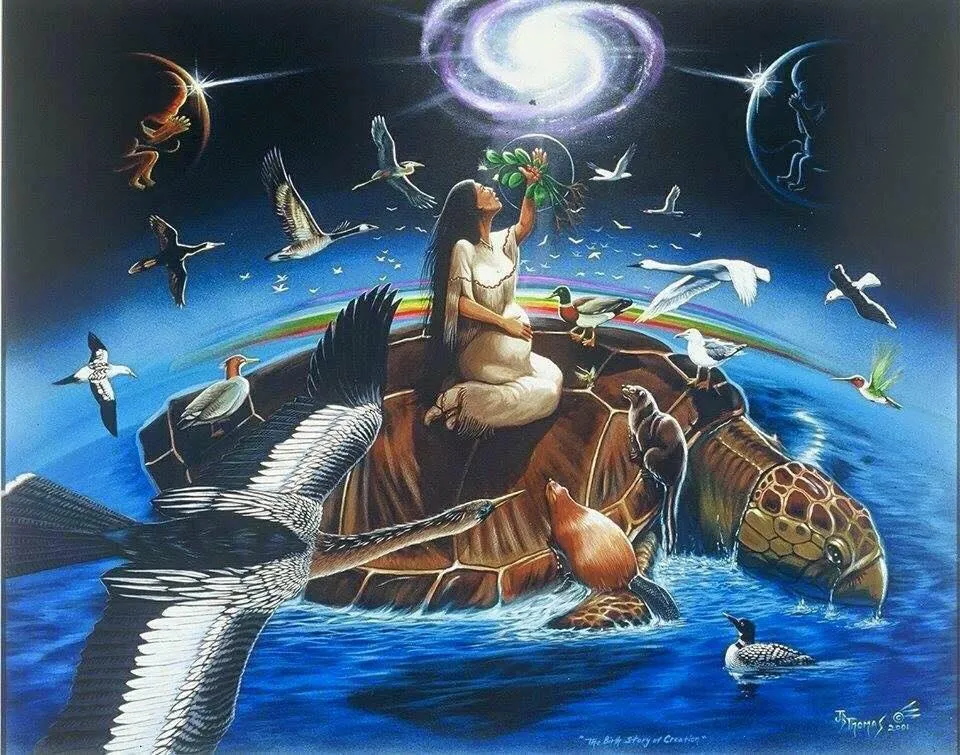
In the ancient lore of the Ojibway/Anishinabe people, a remarkable legend unfolds—a story of creation, sacrifice, and the birth of Turtle Island. This captivating narrative reveals the profound connection between Indigenous peoples and the Earth, emphasizing the significance of harmony and respect for all living beings.
The Era of Discord
Long ago, after the Earth was first peopled by the Great Mystery, Kitchi-Manitou, the Anishinabe (Original People) began to stray from their harmonious ways. Disputes and conflicts arose among them, leading to strife and violence. Brother turned against brother, and the Anishinabe’s once-peaceful existence unraveled.
Witnessing this departure from harmony and respect for all life, Kitchi-Manitou decided it was time to purify the Earth, and water would be the instrument of this purification.
The Deluge of Mush-Ko’-Be-Wun’: A World Cleansed
A great flood, known as mush-ko’-be-wun’, descended upon the Earth, engulfing the Anishinabe people and much of the animal kingdom. Only Nanaboozhoo, a central figure in Anishinabe oral traditions, managed to survive this cataclysmic deluge. Alongside him were a few animals and birds that had the ability to swim or fly.
Nanaboozhoo found himself adrift on a massive log, searching in vain for land amidst the endless waters. He allowed the other surviving creatures to take turns resting on the log, as they too sought refuge. Eventually, Nanaboozhoo made a momentous decision.
He declared, “I am going to do something extraordinary. I will dive to the depths of this water and retrieve a handful of Earth. With this small piece of Earth and the assistance of the Four Winds and Kitchi-Manitou, we can create a new land.”
The Courageous Attempt of Muskrat
Nanaboozhoo submerged himself in the water, vanishing from sight for an extended period. The animals on the log grew anxious, fearing that he might not return. Finally, Nanaboozhoo surfaced, gasping for breath, and informed the others that the water was too deep for him to reach the bottom.
Silence gripped the group until Mahng, the Loon, stepped forward. “I can dive beneath the water for great distances, just as I do when I catch my food,” Loon proclaimed. “I will attempt to reach the bottom and return with a piece of Earth in my beak.”
With determination, Loon disappeared into the depths. Time passed, and the other animals believed that Loon had perished. To their astonishment, Loon resurfaced, weak and nearly unconscious. “I couldn’t make it,” Loon gasped, “there seems to be no bottom to this water.”
Undeterred, Zhing-gi-biss, the helldiver, volunteered next. Known for its remarkable diving abilities, the helldiver dove into the water and remained submerged for a prolonged period. Once again, the animals feared the worst. Eventually, the helldiver floated to the surface, also unconscious. After regaining consciousness, the helldiver recounted that it, too, had failed to retrieve Earth from the depths.
The Courage of Muskrat and the Birth of Turtle Island
Numerous animals attempted the perilous task, including Zhon-gwayzh’, the mink, and even Mizhee-kay”, the turtle. Each one returned empty-handed, and it appeared impossible to secure the much-needed Earth from the abyss.
Then, a soft, muffled voice emerged from the assembly. “I can do it,” spoke the voice, initially indistinct. Gradually, the source of the voice became apparent—Wazhushk”, muskrat, a small but determined creature. “I’ll try,” muskrat affirmed, despite the skepticism of some larger, more powerful animals.
Nanaboozhoo intervened, proclaiming, “Only Kitchi-Manitou can pass judgment on others. If muskrat is willing to make the attempt, we should honor that choice.” Muskrat bravely plunged into the water, remaining submerged for a duration that left Nanaboozhoo and the other animals convinced that it had sacrificed its life in the endeavor.
Deep beneath the water’s surface, muskrat persevered until it reached the bottom. Weak from the prolonged dive and lack of air, muskrat clutched a handful of Earth in its paw and began the arduous ascent to the surface. Nanaboozhoo and the other animals anxiously watched as muskrat’s limp body floated into view.
Nanaboozhoo gently pulled muskrat onto the log and solemnly announced, “Muskrat went beyond the limits of breath; he has given his life in this noble quest.” A heartfelt song of mourning and reverence resounded across the waters as muskrat’s spirit embarked on its journey to the spirit world.
Then, a moment of revelation occurred. Nanaboozhoo exclaimed, “Look, there is something in muskrat’s paw!” With careful reverence, Nanaboozhoo opened the tiny paw, revealing a small but significant ball of Earth. The animals erupted in joy, realizing that muskrat’s ultimate sacrifice had made life possible for a new Earth.
The Role of Turtle: Birth of North America
Nanaboozhoo accepted the precious piece of Earth from muskrat’s paw. At that moment, the turtle, dwelling in the water, offered its back to bear the weight of this newfound Earth. With unwavering determination and the guidance of Kitchi-Manitou, a remarkable transformation began. The wind blew from each of the Four Directions, and the small Earth fragment on the turtle’s back began to grow.
It expanded rapidly, forming a magnificent mi- ni-si’, or island, in the midst of the water. The island continued to grow, while the turtle steadfastly bore the weight of the Earth. Nanaboozhoo and the assembled animals celebrated this miraculous event, singing and dancing in a widening circle on the burgeoning island.
As the winds subsided and the waters stilled, a vast island now graced the center of the water. This island, to this day, is known as North America—the enduring testament to the courage of muskrat, the sacrifice of the turtle, and the enduring power of creation.
The Enduring Legacy
Traditional Indigenous communities, including the Ojibway, hold the turtle in profound reverence for its selfless act, which allowed life to begin anew. Even as marshes vanish and habitats change in the name of progress, the muskrat continues to thrive and multiply, forever commemorating the great flood.
In its way, the muskrat echoes the shape of the small ball of Earth and the island that emerged from it, ensuring that this remarkable tale endures through the ages.
You may also like this article: Native American Sacred Sites Map
Where is Turtle Island now?
In the heart of North and Central America lies a captivating tale that weaves through the annals of Indigenous cultures—a tale of creation, resilience, and reverence for the Earth. This mythical land, often referred to as ‘Turtle Island,’ carries within its name the essence of its origin story, where the world as we know it emerged from the depths of boundless waters. Join us on a journey to discover the legend that shaped Turtle Island and the vibrant tapestry of Indigenous cultures that call it home.
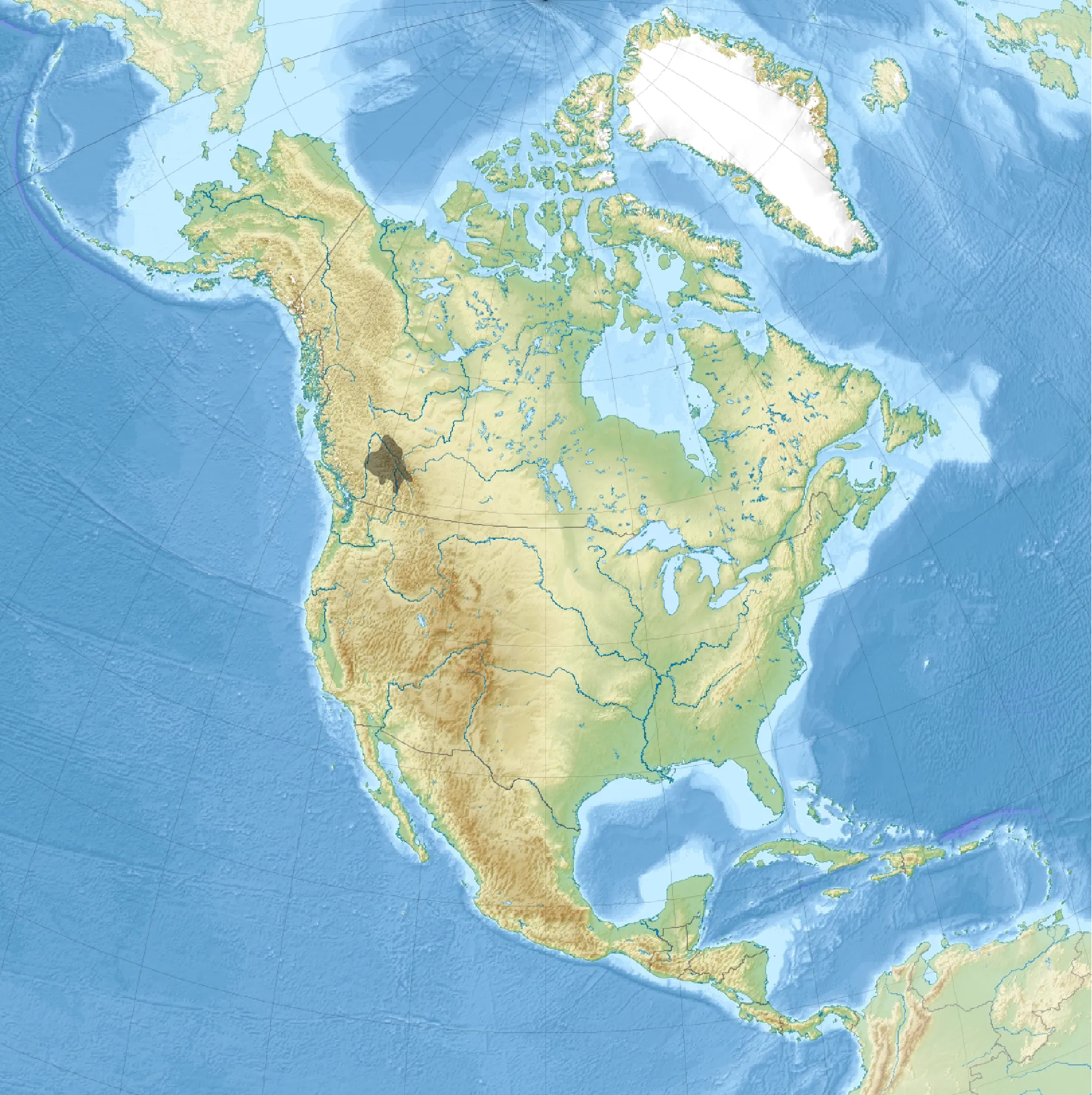
The Birth of Turtle Island: A Creation Myth
A Watery Abyss
In the distant past, the Earth was veiled in a shroud of water, a vast ocean that enveloped every corner of the planet. It was a time of primordial chaos, where land, as we know it today, was but a distant dream. The world brimmed with life, but harmony and balance eluded its inhabitants.
The Quest for Land
As the need for stable ground grew dire, various creatures embarked on a daring quest. They sought to plunge into the ocean’s depths, aiming to retrieve soil that would form the foundation of a new world. Loon, muskrat, and countless others ventured forth, each with the hope of transforming the aquatic expanse into solid ground.
The Sacrifice of Muskrat
Among these brave souls, it was the muskrat who would etch its name into the annals of history. With unwavering determination, it swam deep into the abyss, disappearing from sight for an extended period. The underwater world held its breath as time stretched on, fearing the worst.
Finally, the muskrat emerged, clutching in its delicate paws a precious gift—the gift of wet soil. Its extraordinary effort had come at a great cost, for the muskrat had given its life to procure the Earth that would shape the destiny of Turtle Island.
Nanabush and the Turtle’s Back
As the muskrat’s life force faded, Nanabush, a supernatural being with the power to breathe life into existence, stepped forward. With profound reverence, Nanabush took the soil from the muskrat and placed it upon the broad back of a turtle. This act marked the genesis of land formation, as Earth began to take root and flourish.
Diverse Tales, One Land: Indigenous Perspectives
While the tale of Turtle Island is one of the most cherished creation stories among Indigenous communities, it is not the sole narrative that graces the rich tapestry of Native American lore. Throughout North and Central America, diverse origin stories abound, each reflecting the unique cultures and beliefs of the Indigenous peoples who call this land home.
Pregnant Sky Woman
In some narratives, the creation of the world unfolds with the fall of a pregnant Sky Woman from the heavens. Guided by compassionate birds, she finds her sanctuary on the back of a benevolent turtle. Her presence sparks the birth of land, solidifying her status as the mother of all life.
The Raven’s Role
In the lore of other Indigenous communities, the mischievous Raven plays a central role in shaping the Earth. Through cunning and resourcefulness, the Raven transforms the world from a dark, lifeless expanse into a realm teeming with vitality.
Sedna, the Ocean Spirit
Yet another captivating tale introduces us to Sedna, a powerful ocean spirit. Her story is one of transformation and renewal, where her descent into the watery depths leads to the creation of both land and sea creatures.
The Tapestry of Turtle Island: A Diverse Heritage
The legacy of Turtle Island extends far beyond its creation myth. Today, Indigenous people from Turtle Island are commonly referred to as ‘Native Americans.’ Within this vast expanse, more than a thousand distinct Native American Nations flourish, each bearing its own unique culture, traditions, and experiences.
This remarkable diversity is a testament to the resilience and enduring spirit of the Indigenous peoples who have thrived on Turtle Island for countless generations.
As we explore the intricate threads of Turtle Island’s legend and the rich tapestry of Indigenous cultures that grace its soil, we gain a deeper appreciation for the profound connection between the land, its people, and the enduring power of their stories. In this sacred land, myths and reality intertwine, shaping a legacy that continues to thrive in the hearts and souls of those who call it home.
What is the Turtle Island in Cree?
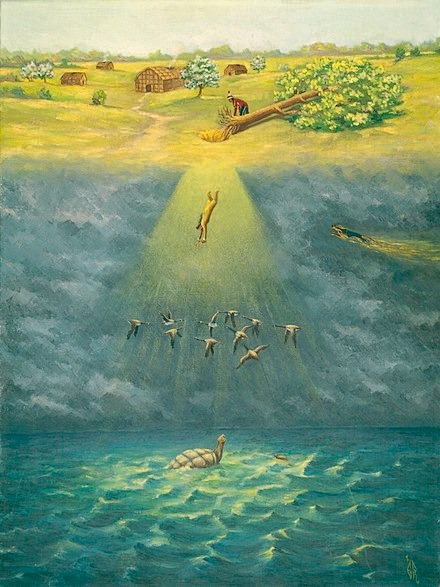
In the heart of Indigenous cultures across North America lies a profound legend that has shaped the very essence of the land we know today as Turtle Island. This captivating origin story transcends time, weaving together the threads of creation, resilience, and the eternal cycle of renewal. Join us as we delve into the depths of this mesmerizing Cree legend, where Wasakajak, the shape-shifting trickster, takes center stage alongside the remarkable cast of characters—Beaver, Turtle, and Muskrat.
The Great Flood: Creator’s Wrath and the Quest for Renewal
Divine Anger and the Giant Flood
The Cree legend begins with a world engulfed in chaos, a time when the Creator’s wrath descended upon humanity for their reckless destruction of the land. This divine anger manifested as a colossal flood, an inundation that sought to cleanse the Earth and herald a new beginning.
Wasakajak’s Heroic Journey
Amidst this watery abyss, Wasakajak emerges as a pivotal figure—a trickster and a shape-shifter with a heart brimming with benevolence. In the company of Beaver, Turtle, and Muskrat, Wasakajak embarks on a daring quest to unearth the very essence of land itself.
Muskrat’s Triumph: The Birth of Turtle Island
Courageous Muskrat Steps Forward
In their relentless search for soil, Beaver and Turtle find their endeavors thwarted by the unyielding waters. It is at this critical juncture that Muskrat, the unassuming hero of our tale, steps forward. With unwavering determination, Muskrat pledges to venture to the depths of the unknown, a decision that would forever change the destiny of Turtle Island.
The Grief of the Animal Kingdom
As Muskrat disappears beneath the water’s surface, a palpable sense of grief blankets the animal kingdom. It is a moment of collective mourning, as hope dwindles and the possibility of success grows increasingly distant.
Muskrat’s Miraculous Return
However, beneath the tranquil waters, a miraculous transformation is unfolding. Muskrat’s unwavering resolve leads to an extraordinary discovery—a small patch of soil cradled in her delicate paws. This unassuming gift, bathed in the waters of determination and sacrifice, would become the cornerstone of a new world.
Wasakajak’s Marvelous Act
Wasakajak, with boundless reverence for Muskrat’s sacrifice, takes the soil and, in a breathtaking act of creation, rubs it onto the back of Turtle. As the soil touches Turtle’s ancient shell, a profound metamorphosis sweeps across the waters. Land begins to form, slowly but surely, and the contours of Turtle Island emerge.
The Awakening of a New World
The Breath of Life
With a deep breath, Wasakajak summons the forces of nature. His breath sweeps to the east, beckoning Grandfather Sun to rise from behind the clouds. As the radiant rays warm the newly formed land, a remarkable awakening unfolds.
A Symphony of Creation
Wasakajak’s breath extends to the south, setting the Earth into motion. The ground quivers with vitality as colossal trees sprout from the earth, mountains rise to touch the sky, and valleys, hills, plains, and deserts take shape. The Earth, in all its diversity, stands as a testament to the harmonious dance of creation.
Turtle Island: A Legacy of Belief and Understanding
This profound Cree legend offers a glimpse into a world of belief and understanding, where the intricate relationship between humanity and the Earth is celebrated. Turtle Island, with its deep roots in this awe-inspiring tale, stands as a symbol of resilience, renewal, and the enduring connection between Indigenous cultures and the land they call home.
As we traverse the boundless landscapes of Turtle Island, we honor the legacy of Muskrat’s sacrifice, Wasakajak’s benevolence, and the enduring spirit of a land reborn from the depths of a great flood. It is a testament to the power of myth and the profound bond between the natural world and those who inhabit it—a bond that continues to shape the destiny of Turtle Island and its people.
Discover the rich tapestry of Native American heritage with our Native American Turtle Island Map. This meticulously crafted map traces the ancestral lands, cultures, and traditions of over a thousand Native American Nations across Turtle Island, encompassing North and Central America.

